Ever had to stand in the liquor store, wishing there was a simple guide to Scotch that could take you to the next level? Maybe you’re new and want to learn more. Perhaps you’re a seasoned Scotch drinker, but you’re looking to nudge newbies in the right direction. Whatever the case, we’ll help you discover more about this outstanding liquor today.
Join us as we dig through Scotch history, its distilling process, flavor profiles, and how to drink this whisky (without the “e”). We hope you’ll learn a few things that help you enjoy the spirit more. Don’t let the world of Scotch intimidate you! It’s actually inviting. But respecting this almighty libation is step #1.
Quick, Easy Guide to Scotch – Whisky Without the “E”
This isn’t a difficult lesson here. It’s just the preferred spelling across the pond in Scotland. Here in the states, we brag about our bourbon whiskey. With the “e.” The Irish do it, too. But long before our U.S. story began, at least, folks got down without the “e.” We like it, either way, to be honest. Getting your spelling correct is necessary, though. Now, when you examine bottles, you won’t be confused.
The Scotch Rundown
Here are some quick facts about the “Granddaddy of Spirits”:
- Defining Grain: Malted barley
- Homeland: Scotland
- Color: Pale straw, golden, warm amber
- ABV: 40 percent minimum
- Aging: 3-year minimum in oak (usually sherry casks)
A Brief History of Scotch
Its name comes from the Gaelic, meaning “Water of Life.” We’re unsure of exact origins when it comes to whisky itself. But Egyptians were experimenting with barley as early as 200 B.C. What a track record, right? Think about that next time you have a glass. Or when you have your first glass. This is literally ancient history.
Missionary monks likely brought the idea to Scotland as early as the 11th century. In the 1800s, George Smith, an illegal distiller, was actually one of the first granted a license to distill whisky. You’ll recognize his distillery name, we bet. Just a little place, really. Not! You’ve probably seen the brand “Glenlivet” a time or two. Legendary.
Whisky grew particularly popular in the 19th century when there was a shortage of wine and brandy. These were whisky’s biggest competitors all along. Blended whisky became a milder, sought-after version as well. And the planet hasn’t looked back since. World wars couldn’t even stop the whisky roll.
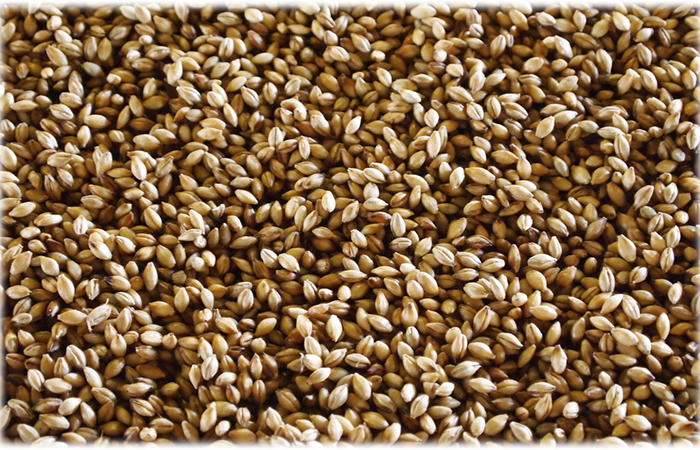
Guide to Scotch Terms You Simply Have to Know
- Malt Whisky: This is whisky made entirely from malted (germinated) grain. Most of the time, it’s malted barley, but it could be something else. Malted rye, for example. But in Scotland, rules are rules. They’re partying with barley.
- Single Malt Scotch: A distillery’s OWN whisky. It’s the product of a single distillery. It may be a blend of barrels, but they’re all barrels of the same distillery. (This is not the same as single barrel, y’all. That’s a common misconception.)
- Single Grain Scotch: It’s also produced at a single distillery. But your grain doesn’t have to be barley, and it doesn’t have to be malted. You’ll find wheat and corn here. Really old bottles of single grain are much less expensive than single malt.
- Blended Scotch: It’s often milder. These are blends of barrel-aged malt and grain whiskies, sourced from several different distilleries. You’ll see blended malt and blended grain.
- Peat: Peat bogs are found all over Scotland. Over thousands of years, decayed vegetation creates these peat layers. Peat is actually an energy source. It’s dried into bricks, and it’s similar to coal. A peat-heated fire combined with damp malt gives that signature smoke to the barley.
- Master Distiller & Whiskey Maker: These two work together. They’re in charge of a single malt brand. Their guiding question: “Which warehouse casks will combine to make great, consistent blends for our bottles?”
- Master Blender: They’re in charge of making blended Scotch. Most Scotch is blended, made with both single malt and grain whiskies.
Guide to Scotch Regions & Common Flavor Profiles
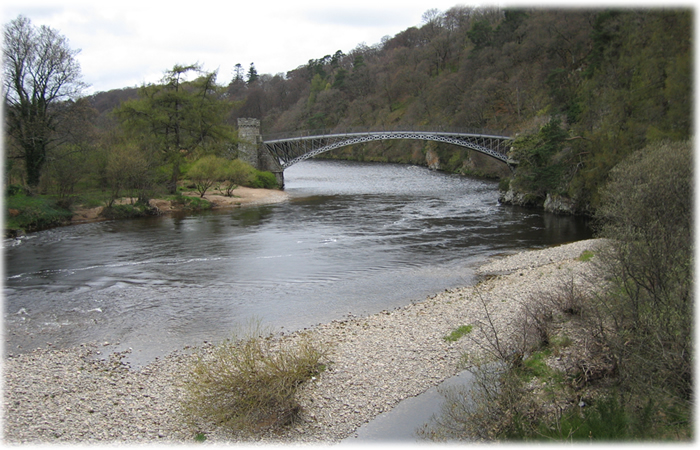
Where in the World Can We Find Scotch?
In Scotland, of course! But let’s get more specific. Keep reading for all the Scotch details regarding its geography and powerful taste.
Here you’ll find some single malt characteristics based on region.
- The Campbeltowns: You’re not likely to encounter this one very often. Only a few distilleries still operate in these parts. Salty and sweet.
*Bottles to know? Glen Scotia, Kilkerran, and Longrow.
- The Lowlands: Ah, the beginner region! Newbies, listen up. With this softer Scotch, you’ll typically meet with unpeated, lighter-bodied flavors, and even hints of fruit.
*Bottles to know? Auchentoshan and Glenkichie.
- The Islands: Well, it’s really one main island. Islay! This Scotch will likely be strong and peaty. You’ll taste the sea and seaweed. Some have described it as maritime and medicinal. You’ll never know till you try.
*Bottles to know? Ardbeg, Bowmore, Bruichladdich, Caol Ila, Lagavulin, and Laphroaig.
- The Highlands: These are probably the best-known. These whisky parts are filled with tourists. This is perhaps the most diverse region when it comes to flavor. You’ll come to know spice, saline, faint smoke, florals, fruit, and even honey. And you’ll note a rather dry finish. We think they’re pretty friendly for newbies. But long-time whisky fanatics enjoy their subtleties, too.
Speyside/River Spey: It’s famous for the Malt Whisky Trail.
Highland Park: It’s in the northernmost Orkney Islands.
Bottles to know? Arran, The Balvenie, Dalmore, Dalwhinnie, Glenfiddich, Glenlivet, Glenmorangie, Highland Park, Loch Lomond, The Macallan, Oban, and Talisker.
Guide to Scotch Production Process
Single malt whisky starts with fresh spring water, barley, and yeast. And the rest is history. Well, it’s our future, too. It’s an age-old process that’s here stay. It’s tried and true.
1. Malting has to happen initially
The barley is steeped in water for three days and then spread on malting floors. Here, it germinates. All of this triggers the essential conversion of starch to sugar. The barley is turned 2-3 times a day for 6-7 days as the barley germinates. When it reaches the ideal stage, the malted barley heads off to the kilns.
2. The “green malt” is spread out
It’s dried and smoked in the kiln towers. These kilns are fired up with dried peat. The duration of the smoking process varies from brand to brand. The smoke certainly affects the flavor!
3. The dried malt is ground into a flour and mixed with hot water
During the mashing, the starches are converted to the wort. Wort is combined with yeast in huge vats. These vats are called “washbacks.” The fermentation magic occurs, and boom! Alcohol. Essentially, it’s a beer at this stage.
4. Each distillery has its own uniquely shaped copper pots
They’re massive. The wash is distilled in two stages. In the first stage, alcohol is separated from water, yeast, and other waste. In the second stage, it’s redistilled. You get the clear spirit that is whisky.
5. The purest of that makes its way into maturation
The colorless spirit is diluted to 63 percent strength. It’s placed in oak casks for at least three years. It’s stored in a warehouse. Scotland’s climate affects much, of course. Whisky gets its color from sherry casks.
Much of the whisky makes its way into the blended whisky industry. Few single malt bottles are produced on the grand scale.
6. Even single malts have to be blended
The Master Distiller and Whiskey Maker select which casks will combine to give the brand its consistent, beautiful flavor. There aren’t really recipes. It’s all about matching the flavors of old and keeping the tradition going.
The blends are placed in casks again. The different Scotches must marry before being bottled for the masses.
Ways to Drink Scotch
Add water! It’s maybe THE way. Bring out the flavor. Bring out the aroma. Just a little bit–a few drops of water, wait, breathe it in, and drink.
Some will swear by drinking neat. Which is fine. To each their own!
You can also opt for a cocktail. Check out our ideas below.
Guide to Scotch Cocktail Recipes
Follow these Scotch cocktail recipes for some bar staples you’ll appreciate. If you’re trying to get your buddies to jump on the Scotch train, a gateway cocktail may be just the thing they need! We enjoy mixing these up on our Prestige bar here in Louisville, Kentucky.
Rob Roy
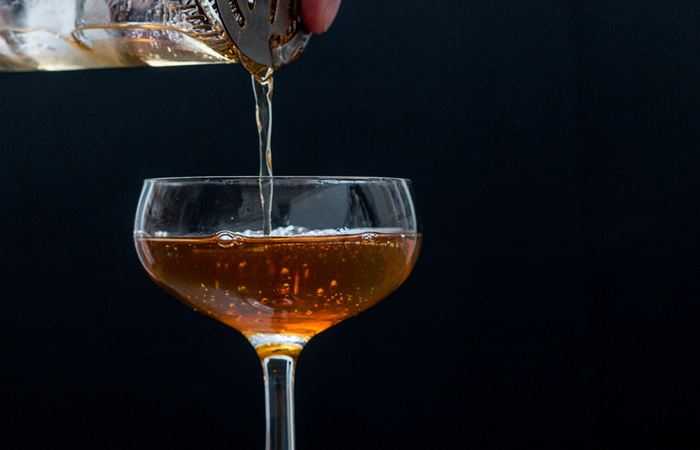
You’ll hear it referred to as “the Scotch Manhattan” sometimes. It’s pretty simple but exceedingly delicious. Scotch, vermouth, bitters, and cherries. What more could you want? We’ll wait.
Rusty Nail
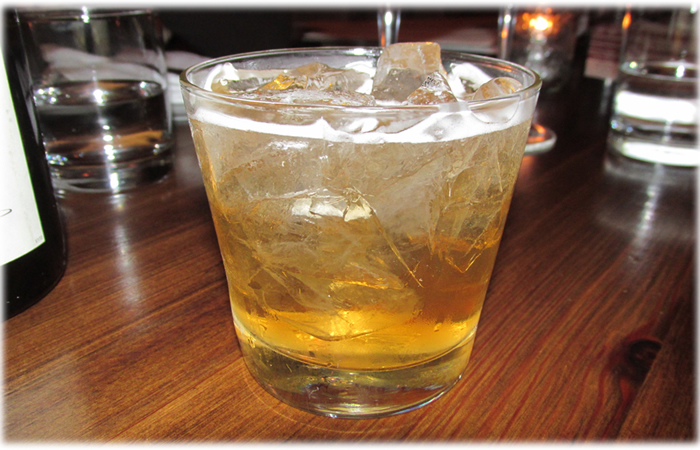
You’ll need two ingredients: single malt or blended Scotch and Drambuie. It’s a bold cocktail. It’s one of our favorites here at Prestige.
Penicillin
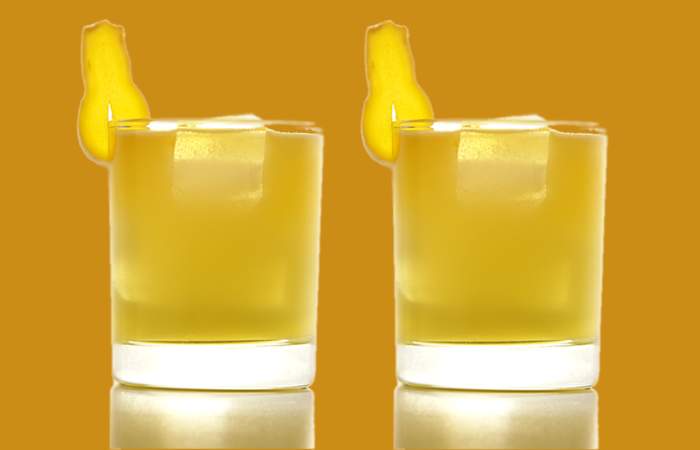
It’s time to whip out that blended and Islay Scotch, kids. And this one incorporates honey, ginger, and lemon, too. It takes a little more time to prepare, but it’s worth the effort.
Prestige Community‘s Expert Guide to Scotch
Hear from our knowledgeable community in blog posts like Best Affordable Scotch. And see our other Scotch articles for even more information! You’ll find extensive guides, value bottles, recommendations, and beginner notes. Follow us on Instagram @prestigedecanters. We often post bottles of Scotch and mini-reviews from our Scotch enthusiasts.
We’d love to hear about your favorite bottles in the comments below. Think of your comment as a tiny guide to Scotch itself. List a few of your go-to’s and tell us why you dig them. Our Prestige fam thanks you in advance for your smoky wisdom.
And before you head off to enjoy a sacred dram, check out our whisky decanters and glasses. They’re as unique, classic, and handmade as Scotch itself. We think you’ll find something your heart (and home bar) desires. We guarantee you’ll shake hands with quality when your Prestige barware arrives.
For every decanter we sell, we plant a tree in its honor. As you use your decanter, you can think of the elegant and triumphant history of Scotch while also knowing you’re contributing to the environment and future. We’re trying to make a difference in your personal drinking experience and in the world.
Cheers, Scotch ladies, and gents! We think you’re awesome. And we approve of what’s in your glass.




